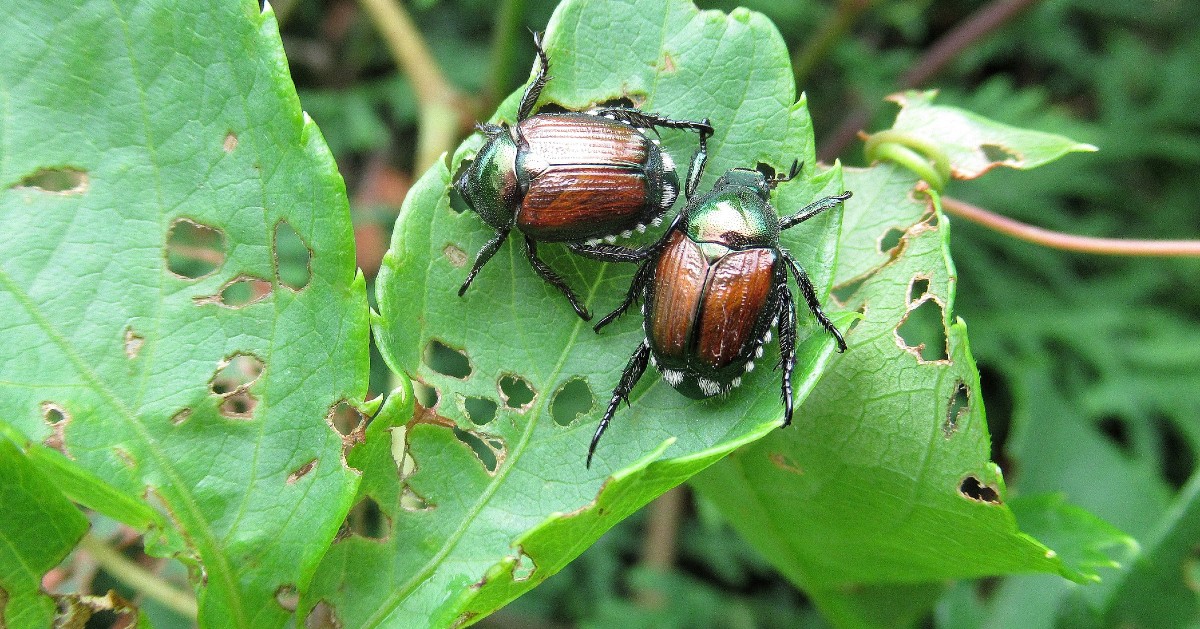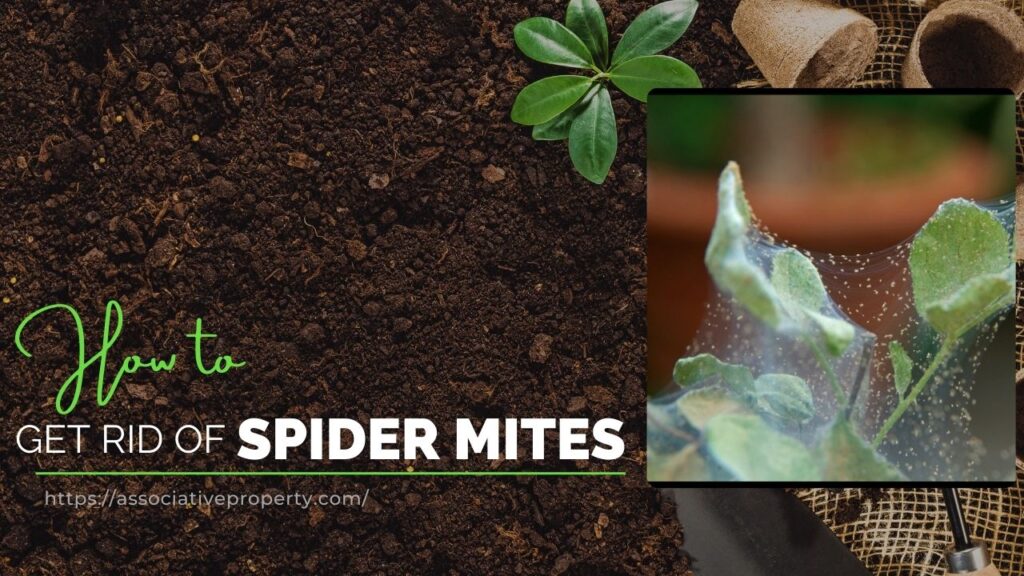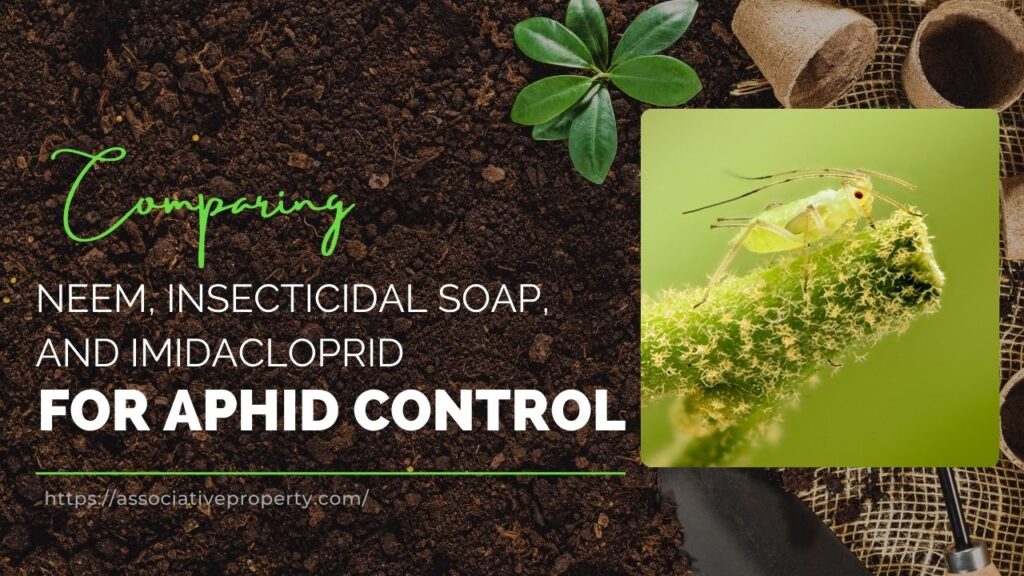Japanese beetles had become a nightmare in my garden. These shiny green bugs with coppery wings were eating up everything, from the lawn to the leaves of my favorite plants. I learned that these pests are one of the most common turf and ornamental invaders in the U.S., and they can damage your lawn during every stage of their life cycle.
But instead of panicking or spending a fortune, I took matters into my own hands. Here’s how I identified and treated Japanese beetles, and how I now keep my yard green and healthy all year round.
Japanese Beetle Control: Summary
| Method | Effectiveness | Cost | Effort Level | Safety Precautions | Duration of Impact | Best Used For |
|---|---|---|---|---|---|---|
| Dominion 2L (grub control) | Very High | Moderate | Medium | Keep pets & people off until dry | Up to 3 months | Killing larvae in soil/root zones |
| Dominion 2L (adult beetles) | High | Moderate | Medium–High | Use protective gear when spraying | Up to 3 months on foliage | Eliminating adult beetles feeding on leaves |
| Manual Inspection (grubs) | Moderate | Free | Low | None | Instant results (grub count) | Spot-checking turf health and infestation |
| Physical Lawn Care (aerate, dethatch) | Moderate–High | Low–Moderate (tools or service) | High | Safe | Long-term lawn health | Strengthening lawn to resist pest invasions |
| Watering & Mowing Routine | Supportive | Low | Low | Safe | Ongoing maintenance | Keeping turf healthy and unattractive to beetles |
| Preventative Reapplication | High | Moderate (every 3 months) | Medium | Standard pesticide safety | Long-term control | Preventing re-infestation throughout the year |
Step 1: Identification
The first thing I did was figure out what I was dealing with. Misidentifying pests can waste time and money. So I looked closely at the beetles and found some clear signs:
- Size: About one-third to half an inch long
- Color: Iridescent green bodies with copper-colored wings (elytra)
- Unique features: White hairy spots on their back ends and club-shaped antennae
As larvae, they’re fleshy, white grubs curled in a “C” shape, with six legs and orange heads.
They love eating over 300 plant species, and they leave a skeleton-like appearance on leaves because they eat everything but the veins. As grubs, they feast on grass roots, creating dead patches in lawns.
Step 2: Inspection

Once I knew what they looked like, I checked my yard. Depending on the weather, these pests emerge between May and late June. Since I live in a warmer climate, they showed up early.
Here’s what I did to inspect properly:
- Time of day: I checked during daylight—Japanese beetles are active when the sun’s out
- Where I looked: Shrubs, trees, garden plants, and even in the turf
- How I checked for grubs: I dug a 1-foot square, 3 inches deep along dying patches of grass. A couple of grubs is normal, but finding several in that square meant trouble.
Step 3: Treatment
Once I confirmed the problem, it was time to take action. I put on my protective gear and kept people and pets away from the treated areas until everything dried.
I used Dominion 2L, a systemic insecticide that targets both larvae and adults.
Grub Control Treatment
Here’s how I treated the grubs in the lawn:
| Steps | Details |
|---|---|
| Mixing Rate | 0.46 to 0.6 fl oz of Dominion 2L per 1,000 sq ft |
| Sprayer Used | 20-gallon hose-end sprayer |
| Water Volume | At least 2 gallons of water per 1,000 sq ft |
I measured my lawn, calculated the area, added the product to the sprayer, and made sure to soak the soil thoroughly. Within 24 hours, grubs started dying. It took a few weeks for my lawn to look better.
Adult Beetle Control
When treating adult beetles in shrubs:
- Mixing rate: 1.5 fl oz per 100 gallons (or 0.3 fl oz per 20 gallons)
- Application method: I sprayed leaves until wet but not dripping, including the undersides
The beetles feeding on those leaves began dying within 24 hours, and Dominion 2L kept working for up to 3 months.
Step 4: Prevention
Even after treatment, I didn’t want the beetles to come back. So I made my lawn stronger and less inviting:
- Raked, dethatched, and aerated the lawn for better airflow
- Trimmed trees to reduce shade and moisture buildup
- Watered properly: 1 to 1.5 inches once a week in the morning
- Mowed grass to 3–4 inches to help roots grow deep
- Fertilized with the right amount of nitrogen
And most importantly, I now reapply Dominion 2L every 3 months to stay protected year-round.
Final Thoughts
From larvae to adults, Japanese beetles are relentless. But with the right plan, I took back my garden. The steps were simple and effective—and now my lawn is thriving again.
If you’re facing the same problem, try this approach. It worked for me, and I hope it works for you too.
Frequently Asked Questions About Japanese Beetles
Q1: Do Japanese beetles bite or sting?
No, they don’t. Japanese beetles don’t bite people or sting. Their damage is limited to plants, especially leaves, flowers, and grass roots.
Q2: How long do Japanese beetles live?
Adult Japanese beetles live for about 30 to 45 days. But during that time, they can do a lot of damage and lay eggs that become grubs in your lawn.
Q3: What time of year do Japanese beetles appear?
They usually show up in late spring to mid-summer, depending on where you live. Warmer climates may see them in May, while cooler areas see them in June or July.
Q4: What attracts Japanese beetles to my yard?
They’re drawn to: lush, well-watered lawns for laying eggs, fruity or fragrant plants like roses, grapes, and linden trees, and overripe or damaged fruit on the ground.
Q5: Are beetle traps effective?
Beetle traps can catch a lot of beetles, but they can attract more beetles to your yard than you already had. It’s often better not to use traps, especially near the plants you want to protect.
Q6: Can I use neem oil for Japanese beetles?
Yes, neem oil works well as a natural option. It disrupts the beetle’s feeding and reproduction. Just make sure to spray in the early morning or late evening to protect bees and good bugs.
Q7: Are Japanese beetles active at night?
No, adult beetles are most active during the daytime, especially in full sun. At night, they rest on plants or hide in grass.
Q8: Do birds eat Japanese beetles?
Yes, some birds do, like starlings, robins, grackles, and blue jays. Encouraging birds in your garden can help with natural beetle control.
Q9: How deep do the grubs go in soil?
Grubs usually stay within the top 2 to 6 inches of soil. That’s where they feed on grass roots and do the most damage.
Q10: How often should I treat for Japanese beetles?
For full control: treat grubs once a year, ideally in late summer to early fall. Treat adult beetles as needed, especially during their active season. Reapply products like Dominion 2L every 3 months for ongoing protection.


